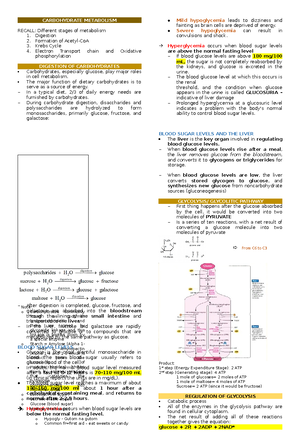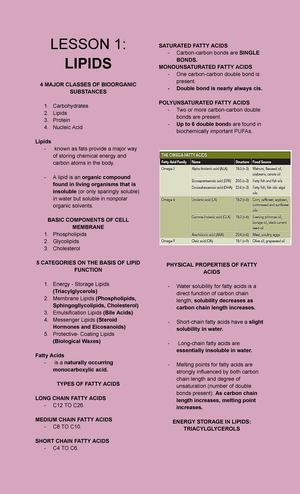- Information
- AI Chat
Was this document helpful?
Dialysis - LECTURE NOTES FOR BIOCHEMISTRY
Course: BIOCHEMISTRY (CHM3)
365 Documents
Students shared 365 documents in this course
University: Our Lady of Fatima University
Was this document helpful?

CHEM LAB
DIALYSIS
the separation of particles in a liquid on the basis of
differences in their ability to pass through a membrane.
• Dialysis is a common laboratory technique widely used
for removing contaminants from the solution
• Dialysis technique is commonly used to remove small
unwanted molecules such as salts, reducing agents,
preservatives, etc.
• Dialysis works by selective and passive diffusion
through a semipermeable membrane.
• Dialysis can also be used for buffer exchange.
• The buffer used for dialysis is called dialysate.
Principle of Dialysis
• Dialysis works by the principle of diffusion.
• Diffusion is the migration of molecules randomly from
areas of higher concentration to lower concentration
until equilibrium is reached.
• In Dialysis, the migration of molecules occurs through a
semipermeable membrane, which allows only small
molecules to pass through restricting the movement of
large molecules like proteins.
Dialysis Experiment
• Water is important to all living systems.
• It serves as natural solvent for mineral ions and other
substances.
• It is also the dispersion medium for colloidal cells like
protoplasm.
• It serves as the medium for most biochemical
reactions, and is the most abundant component of
the cells. Except for bone tissues and enamel, water
constitutes about 70 percent of the human body.
• The objective of this experiment is to determine the
properties of water that make it a suitable medium for
sustaining life in biological system.
DIALYSIS PROCEDURE
PRE-WET THE MEMBRANE
LOAD RGE SAMPLE ON DIALYSIS TUBING
DIALYZE FOR TWO HOURS
CHANGE DIALYSIS BUFFER AND DIALYZE FOR 2 HOURS
CHANGE DIALYSIS BUFFER AND DIALYZE FOR
OVERNIGHT












